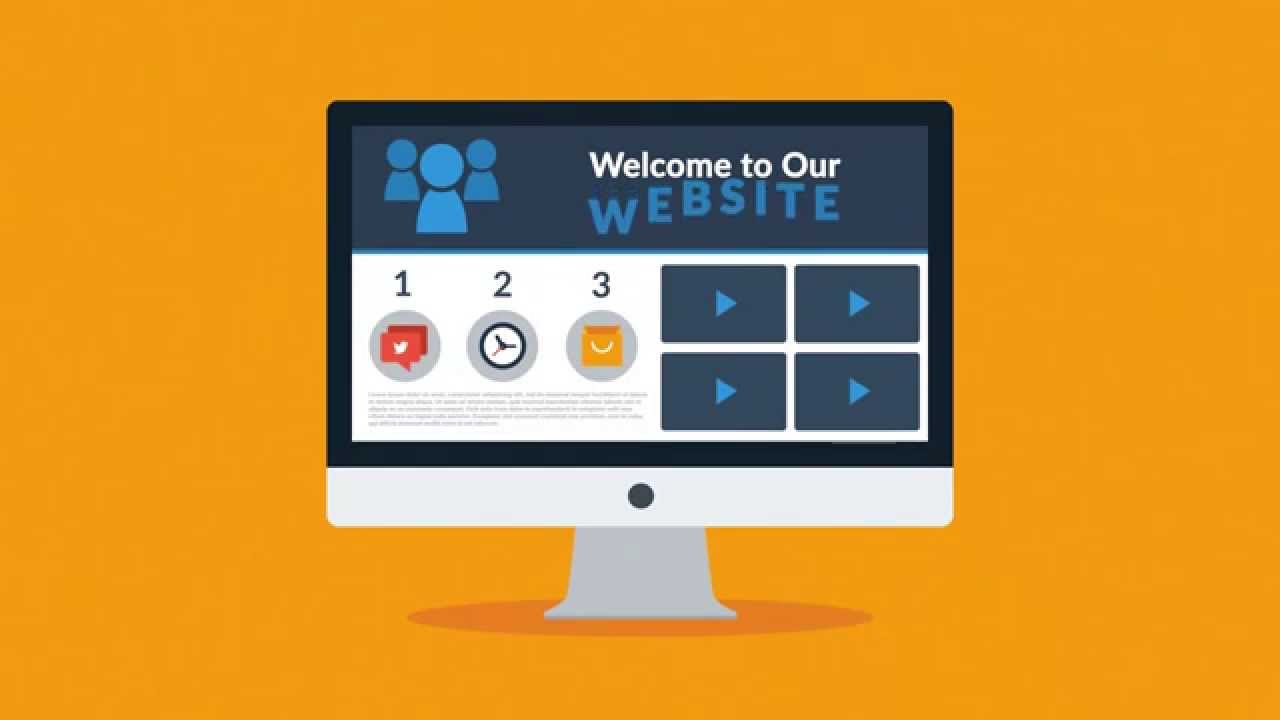Website Design Process
Websites
Maybe you’re thinking about having your first one made …or maybe, you just need a new, better one.
In any case, you should know at least some of the basics about web design.
…and no worries, it will only take 3 minutes.
First of all, let’s face it: a Website is the core of your online marketing activities. If you look at all the marketing channels and techniques, what they actually do is bring visitors to your website. And the main purpose of a website is turning these visitors into customers – in marketing terms, this is called CONVERSION. A bad website will basically cause you to waste money on other marketing methods. Because you don’t need more VISITORS if can’t turn them into CUSTOMERS.
So the better your website is, the more visitors are CONVERTED into your customers…and it doesn’t really matter whether you sell consumer products online, provide local services or build houses.
Many people in the industry call themselves web designers, but they really are just a bunch of geeks with some basic coding knowledge. Of course, without much planning, they will pretty quickly create a website for you – with lots of information, photos, contacts… But the question is: “Is that the way to turn the visitors into your customers? …Is that what you need?” And the answer is simple: “NO!”
What you have to do is to look for someone SERIOUS about web design.
Well, that’s where Shine Online come in!
This is how WE make websites – by following this 7-phase web design process:
Phase 1: ANALYSIS
The first step is always about information gathering – identifying things like the website purpose, goals and target audience
Phase 2: PLANNING
A plan includes a definition of the site map, structure and technologies that we’re about to use.
Phase 3: DESIGN
Not only we focus on wireframe models and the visual style in this stage, but also on the user-friendliness of the interface for the best possible user experience.
Phase 4: CONTENT
A very important part of the process is choosing the right texts, photos or videos – all optimised not only for your visitors, but also for search engines.
Phase 5: DEVELOPMENT
Here we actually CREATE the website using HTML Coding and CSS, with some help from databases and other Content Management technologies as well. It goes without saying, our websites are made fully responsive to mobile devices too.
Phase 6: TESTING
We test all the technical features, like code and scripts, compatibility with major browsers, but also we ask ourselves if the website really fulfils its purpose.
Phase 7: DEPLOYMENT
After we launch the site, our job is definitely not done yet! We always monitor what’s happening after the start, enabling us to fix any possible deficiencies. And if you want, we can also manage the future maintenance and updates for you.
As you have just seen, web design is a very complex process, but we believe this is how websites should be done. And our customers agree!
And if YOU share our passion for high quality websites, let’s get in touch! Shine Online will be happy to help you with what we do best!
